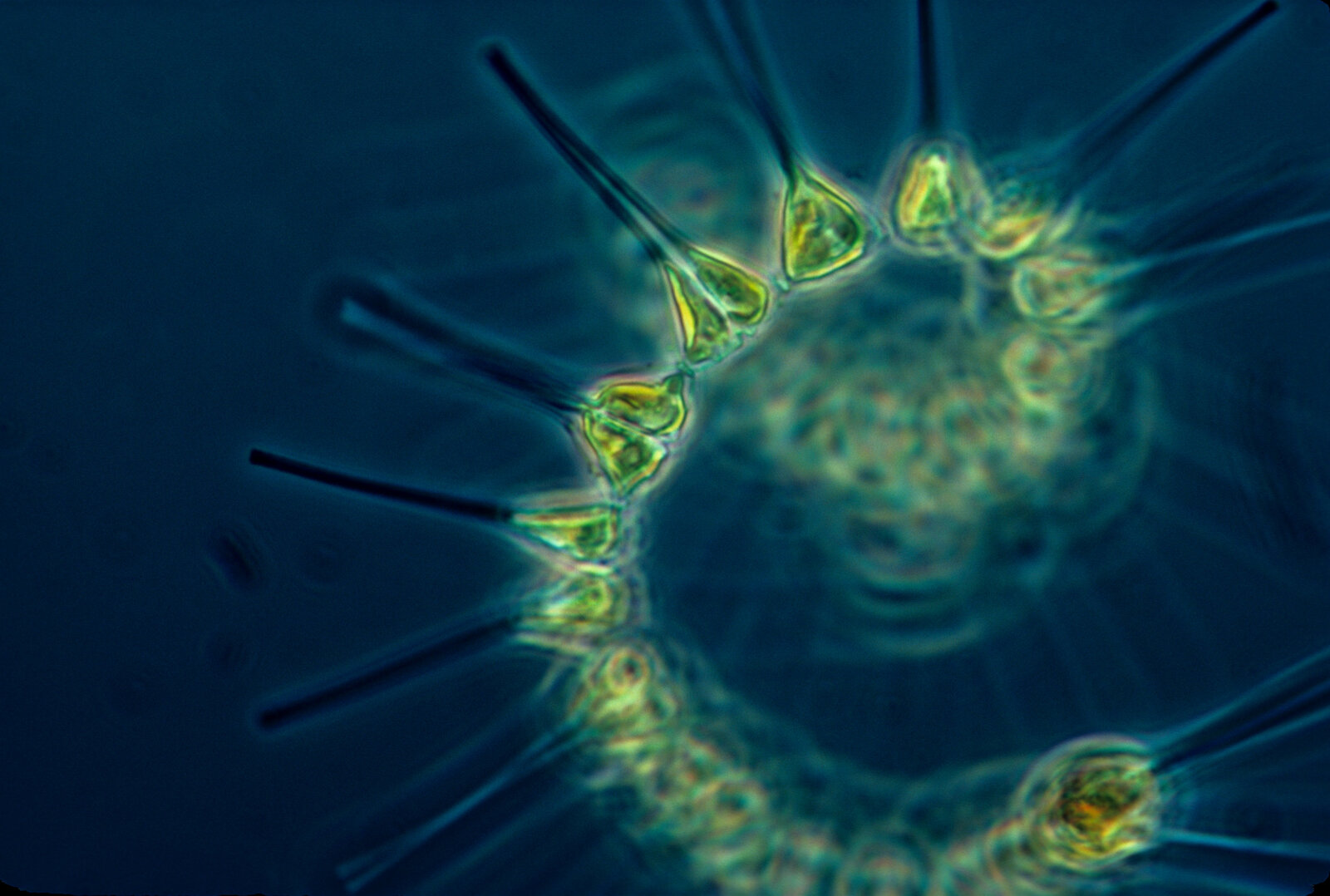How effective is Ocean Iron Fertilization as a natural carbon capture method?

Could Ocean Iron Fertilization help MENA absorb more carbon? MENA’s blue assets continue to deteriorate due to unchecked polluting industries like transportation and poor waste management among other reasons, a World Bank study (pdf) found. With water temperatures in the Arabian Gulf expected to rise by 4.26°C by 2039, devastating effects on marine biology, including coral bleaching, are at the forefront of the GCC’s concerns. Ocean Iron Fertilization (OIF) — or ocean “seeding” — could potentially help rebalance the amount of algae and natural carbon capture to combat the effects of climate change.
What is OIF? OIF is an innovative solution circulating since 1990 when oceanographer and Moss Landing Marine Laboratories Director John Martin made a case for the geoengineering strategy. In short, OIF is a process where large amounts of iron dust or powder are scattered across parts of the ocean to stimulate algae growth, ultimately leading to more microscopic algae — or phytoplankton — absorbing carbon from the atmosphere through photosynthesis.
A natural decarbonizer: Phytoplankton productivity captures c. 37 bn metric tons of CO2 from the air we breathe, according to a 2019 IMF report (pdf). The study estimates that phytoplankton capture as much carbon as 1.7 tn trees — or four times the capacity of the Amazon forest. Experiments suggest that every ton of iron added to the ocean could remove 30k to 110k tons of carbon from the air, and iron fertilization across the entire Southern Ocean could erase 1 to 2 bn tons of carbon emissions annually accounting for 10-25% of the world’s total annual emissions.
But there are limitations: Meddling with ecosystems could have unforeseen repercussions like oxygen depletion in deep waters, Dalhousie University oceanographer John Cullen told The Guardian and OIF runs the risk off feeding too much algal growth which could lead to toxic blooms — an issue that is already occurring increasingly in Kuwait. However, champions of the technology argue toxic blooms are a result of an excessive run-off of agricultural nitrogen and phosphorus fertilizers into inshore waters and the case doesn’t apply when distributing the iron further out to sea in deeper waters.
Unsustainable sustainability? Another study also raised the issue of how sustainable it is to dump iron into the ocean. If fertilization is not carried out continuously, a large part of the sequestered carbon will be returned to the atmosphere over time, research published in the Frontiers in Climate Journal states. There is also the issue of how reasonable the price of scaling OIF would be given that the lowest cost estimate of removing one ton of CO2 using OIF costs USD 230.
Is the geoengineering push at the expense of mitigation? Geoengineering techniques like OIF which manipulate natural conditions to alleviate the consequences of climate change fall under adaptation interventions. While experts agree that adaptation and mitigation are not mutually exclusive, the regional private sector is growing particularly interested judging from COP27’s ambitious adaptation agenda which earmarks USD 140-300 bn in public and private sector funding for adaptation and resilience by 2030.
And while MENA hasn’t hopped onto OIF, it’s exploring other options: The UAE, Saudi Arabia and Kuwait are among those who have been experimenting with cloud seeding — with considerable geopolitical and environmental consequences and the lingering matter of failing to solve the systemic causes of climate extremes.